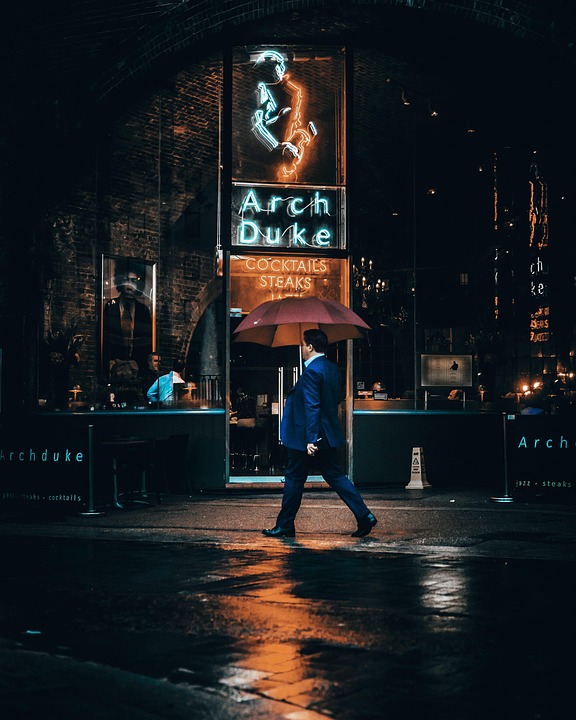The Evolution of Sound Design in Cinema
Early Innovations
When cinema was first introduced to the masses in the late 19th century, it was a silent medium. However, as technology advanced, filmmakers began to experiment with incorporating sound into their films. One of the earliest forms of sound design was the use of live music or sound effects played alongside the film to enhance the viewing experience.
In the 1920s, sound-on-film technology was developed, allowing filmmakers to synchronize sound with image. This led to the introduction of “talkies” – films with synchronized dialogue and sound effects. The first film to successfully use this technology was “The Jazz Singer” in 1927.
The Golden Age of Hollywood
During the Golden Age of Hollywood in the 1930s and 1940s, sound design evolved significantly. Filmmakers began to experiment with creating more immersive soundscapes by incorporating techniques such as stereo sound, surround sound, and sound effects. One of the most famous examples of innovative sound design from this era is the shower scene in Alfred Hitchcock’s “Psycho” (1960), which utilized a combination of music, sound effects, and editing to create a terrifying and suspenseful sequence.
The Rise of Dolby Surround Sound
In the 1970s, Dolby Laboratories introduced Dolby Stereo, a revolutionary new sound system that allowed filmmakers to create more dynamic and immersive soundscapes. This technology paved the way for the introduction of Dolby Surround Sound in the 1980s, which enhanced the cinematic experience by simulating a more realistic sense of spatial awareness.
One of the most iconic uses of Dolby Surround Sound in cinema is the opening sequence of “Star Wars” (1977), which utilized innovative sound design techniques to immerse audiences in the world of the film. The use of surround sound in this sequence helped to create a sense of depth and dimensionality that had never been experienced before in cinema.
The Digital Age
In the 1990s, the film industry transitioned from analog to digital technology, revolutionizing the way sound was designed and mixed. Digital sound editing tools allowed filmmakers to create more complex and intricate soundscapes, as well as to manipulate sound in ways that were not possible with analog technology.
One of the most influential films in terms of sound design from this era is “Jurassic Park” (1993), which utilized cutting-edge digital sound editing techniques to create the sounds of the dinosaurs. The film’s iconic T-rex roar, created by sound designer Gary Rydstrom, became an instant classic and set a new standard for sound design in cinema.
The Cinematic Significance of Sound Design
Creating Atmosphere
Sound design plays a crucial role in creating the atmosphere and mood of a film. By manipulating sound elements such as music, dialogue, and sound effects, filmmakers can evoke emotions and immerse audiences in the world of the film. For example, a horror film may use eerie sound effects and dissonant music to create a sense of dread, while a romantic film may use soft music and tender dialogue to create a sense of intimacy.
Enhancing Storytelling
Sound design also enhances the storytelling aspect of a film by providing additional layers of information to the audience. For example, the use of non-diegetic sound (sound that comes from a source outside the story world) can help to convey the thoughts and emotions of the characters, while the use of diegetic sound (sound that comes from a source within the story world) can provide important narrative cues.
Creating Immersion
One of the primary functions of sound design in cinema is to create a sense of immersion for the audience. By manipulating sound elements such as volume, pitch, and timbre, filmmakers can transport viewers into the world of the film and make them feel as though they are experiencing the events on screen firsthand. This sense of immersion can help to enhance the overall viewing experience and make the film more impactful and memorable.
Setting the Tone
Sound design also plays a crucial role in setting the tone of a film. By using sound elements such as music, sound effects, and silence, filmmakers can establish the mood and atmosphere of a scene or sequence. For example, a fast-paced action scene may use intense music and rapid sound effects to create a sense of urgency, while a quiet dramatic scene may use soft music and ambient sound to create a sense of contemplation.
In conclusion, the evolution of sound design in cinema has had a profound impact on the way films are created and experienced. From the early innovations of live music and sound effects to the cutting-edge digital technologies of today, sound design has become an essential component of the filmmaking process. By creating atmosphere, enhancing storytelling, creating immersion, and setting the tone, sound design helps to bring films to life and captivate audiences around the world.
